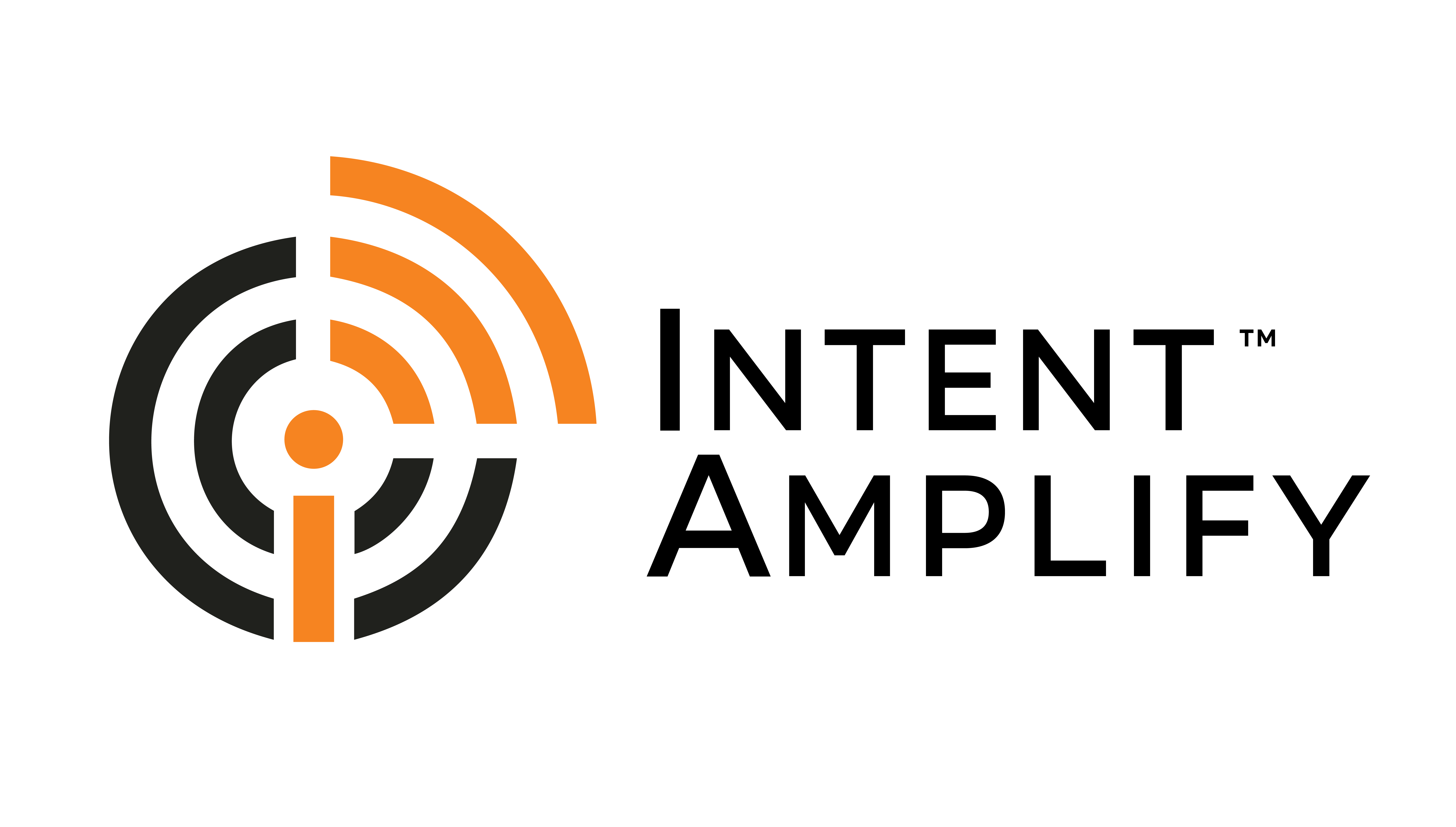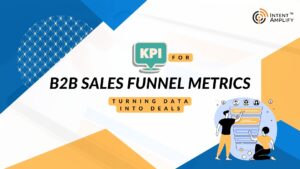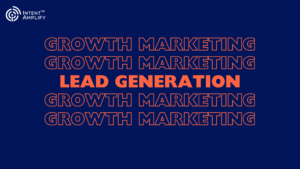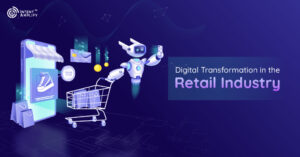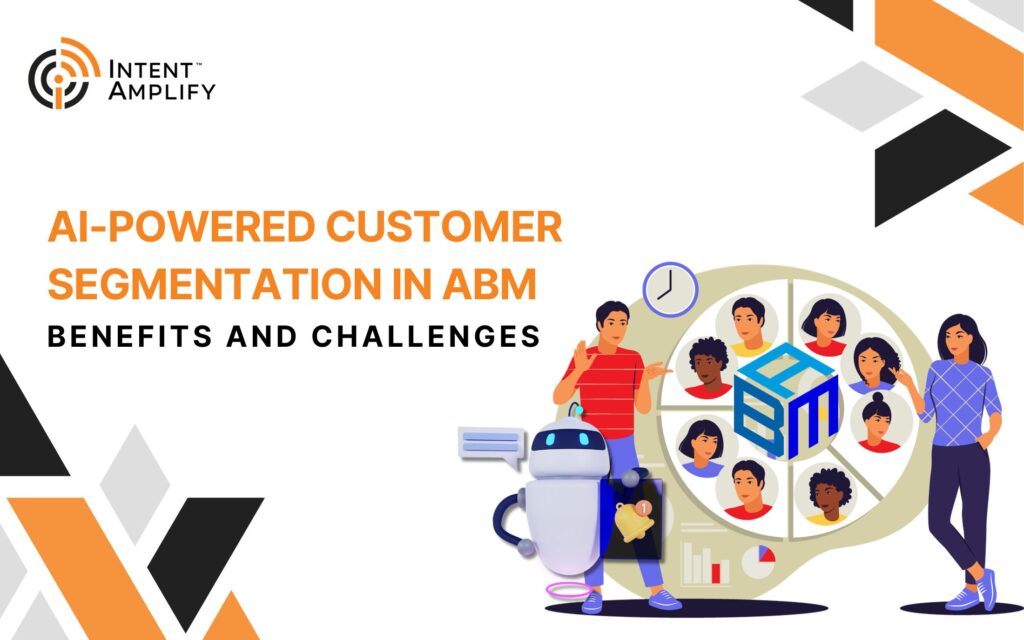
AI-Powered Customer Segmentation in ABM – Benefits and Challenges
Customer segmentation and targeting are crucial parts of market research, as they help you identify and connect with your most valuable customers. However, traditional methods of segmentation and targeting can be time-consuming, expensive, and inaccurate. Artificial intelligence (AI) can improve your customer segmentation and targeting strategies by providing more accurate and efficient insights. This article will explore the benefits and challenges of using AI for customer segmentation and targeting. Let us begin by understanding what Account Based Marketing (here onwards referred to as ABM) is.
A brief intro to Account Based Marketing and the ways to target accounts
Account-based marketing is a strategic approach to B2B marketing that focuses on building and nurturing relationships with key accounts. ABM campaigns are typically personalised to each account, considering their specific needs, challenges, and goals. Account segmentation in ABM is the process of dividing your target accounts into groups based on their shared characteristics. This allows you to create more targeted and personalised ABM campaigns.Once you have segmented your target accounts, you can create more targeted and personalised ABM campaigns.
For example, you could create a campaign specifically for target accounts in the financial services industry, or a campaign specifically for target accounts that have visited your website multiple times and downloaded your white paper on cloud computing.
AI-based account segmentation – going a step further
Account segmentation is an important part of any ABM program. By segmenting your target accounts, you can create more targeted and personalised campaigns, which can lead to higher engagement rates and conversion rates. AI-based account segmentation in ABM is the process of using artificial intelligence (AI) and machine learning (ML) algorithms to identify and group target accounts into meaningful segments based on their unique characteristics and needs. This allows marketers to create and deliver more personalised and relevant ABM campaigns, which can lead to higher engagement and conversion rates.
AI-based account segmentation can be used to segment accounts based on a variety of criteria, such as:
- Industry: What industries are your target accounts in?
- Company size: How many employees do your target accounts have?
- Annual revenue: What is the annual revenue of your target accounts?
- Location: Where are your target accounts located?
- Customer lifecycle stage: Are your target accounts new customers, existing customers, or at-risk customers?
- Website and social media behaviour: What content are your target accounts consuming on your website and social media channels?
- Intent signals: What are your target accounts doing that indicates they are interested in your products or services?
By using AI to analyse large amounts of data from a variety of sources, marketers can gain a deeper understanding of their target accounts and identify patterns and trends that would be difficult or impossible to spot manually. This allows them to create more accurate and actionable segmentation models.
What are the benefits of using AI for customer segmentation and targeting?
Algorithms in AI can analyse large amounts of data to provide insights on customer demographics, behaviour, and psychographics. They can also predict future consumer behaviour and adjust segmentation criteria in real-time. Isn’t that truly awesome? Some of the benefits of using AI-based account segmentation in ABM include:
- Increased personalization: AI-based segmentation allows marketers to tailor their ABM campaigns to the specific needs and interests of each account segment. This can lead to higher engagement rates and conversion rates.
- Improved efficiency: AI can automate the process of account segmentation, freeing up marketers to focus on other tasks.
- Greater scalability: AI can be used to segment large lists of target accounts quickly and easily. This is especially beneficial for companies with complex ABM programs.
Here are some examples of how AI-based account segmentation can be used in ABM:
- A software company might use AI to segment their target accounts by industry and company size. This would allow them to create separate ABM campaigns for each segment, tailored to their specific needs and pain points.
- A marketing agency might use AI to segment their target accounts by website and social media behavior. This would allow them to identify accounts that are actively researching their services and target them with relevant content and offers.
- A cloud computing company might use AI to segment their target accounts by intent signals, such as white paper downloads and webinar registrations. This would allow them to identify accounts that are likely to be interested in their products and services and target them with sales outreach.
Overall, AI-based account segmentation is a powerful tool that can help marketers to improve the effectiveness of their ABM programs. By using AI to segment their target accounts, marketers can create and deliver more personalized and relevant campaigns, which can lead to higher engagement rates and conversion rates.
What are the challenges of using AI for customer segmentation and targeting?
AI-powered ABM account segmentation offers a number of benefits, but it also comes with its own set of challenges and considerations. Here are some of the key things to keep in mind:
- Data quality and availability: AI-powered customer segmentation models are only as good as the data they are trained on. It is important to make sure that your data is accurate, complete, and up-to-date. You may also need to collect additional data from external sources in order to create more accurate segmentation models.
- Bias and fairness: AI algorithms can be biased, depending on the data they are trained on. It is important to be aware of this potential bias and to take steps to mitigate it. For example, you can use techniques such as data cleaning and model monitoring to identify and address bias.
- Interpretability: AI algorithms can be complex and difficult to understand. This can make it difficult for marketers to interpret the results of segmentation models and to explain them to stakeholders. It is important to choose AI tools that provide transparency into the segmentation process and that allow marketers to review and understand the results.
- Skills and expertise: AI-powered customer segmentation requires a certain level of skills and expertise. Marketers need to have a basic understanding of AI and machine learning in order to use AI-powered segmentation tools effectively. They also need to be able to interpret the results of segmentation models and to apply them to their ABM campaigns.
- Cost: AI-powered customer segmentation tools can be expensive, especially for small businesses. It is important to carefully consider the cost of AI-powered segmentation before implementing it in your ABM program.
Despite these challenges, AI-powered ABM account segmentation can be a valuable tool for marketers. By carefully considering the challenges and considerations involved, marketers can minimize the risks and maximize the benefits of AI-powered account segmentation.
Bonus tips for using AI-powered ABM account segmentation effectively
- Start by clearly defining your segmentation goals. What do you want to achieve with AI-powered account segmentation? Once you know your goals, you can choose the right AI tools and data sources.
- Use a variety of data sources to create more accurate segmentation models. This could include data from your CRM system, website analytics, marketing automation platform, and social media.
- Monitor your segmentation models regularly to identify and address bias. You should also review your segmentation models regularly to ensure that they are still aligned with your business goals.
- Communicate the results of your segmentation models to your sales and marketing teams. This will help them to better understand your target accounts and to create more effective ABM campaigns.
- Measure the results of your AI-powered account segmentation efforts. This will help you to determine whether AI-powered segmentation is right for your business and to identify areas for improvement.
Overall, AI-powered ABM account segmentation is a powerful tool that can help marketers to improve the effectiveness of their ABM programs. By carefully considering the challenges and considerations involved, marketers can minimize the risks and maximize the benefits of AI-powered customer segmentation.
